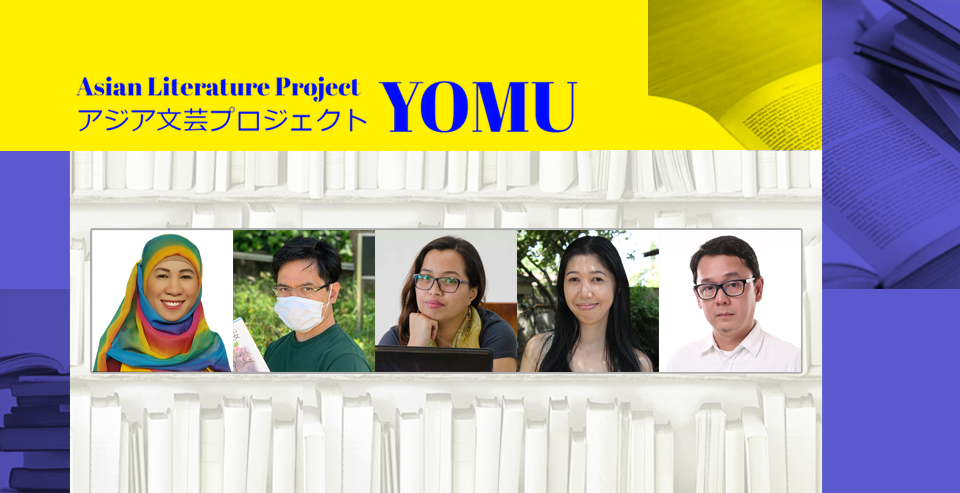
[Update]
March 29, 2022: Golden Realms: Inheriting the Panay Sugidanun (Report)
February 2, 2022: Five short stories have been uploaded!
Portrayal of Today's Philippines in Literature
In recent years, the rise of the Philippines' literary world has been seen along with female authors' success, the emergence of authors from the countryside, multilingualization, and the Philippine authors' influence beyond the country's borders. In order to reflect this circumstance, we will introduce five short stories in English, Filipino, Cebuano, and a hybrid of Filipino and Maranao (or Meranaw). The writers are five young prominent Filipino novelists, including some who live abroad, producing works in a regional language, and working from rural areas such as Mindanao and the Visayas. The COVID-19 pandemic has put the Philippines in a situation where strict self-isolation measures have been in place for more than a year and a half, since March 2020. Many citizens are still living under stay-at-home orders and travel restrictions.
- Migraine by Almayrah Tiburon (Maranao and Filipino) / translated by Diandra Macarambon
- Renon-San by Edgar Calabia Samar (Filipino) / translated by Glenn Diaz
- Nicola, Rosie, Michael & Simon by Eliza Victoria (English)
- Degrees of Separation by Kristine Ong Muslim English (English)
- Life Extension by Januar Yap (Cebuano) / translated by John Bengan
Note on Filipino and Tagalog Languages
Filipino, the national language of the Philippines, is defined as a language based on Tagalog, which is used in Metro Manila and its surrounding provinces, and incorporates frequently used words from English, Spanish and other Philippine languages (1987 Constitution). Specifically, Filipino consists of twenty-eight (28) letters – twenty (20) letters of Tagalog alphabet called abacada, plus eight (8) letters borrowed from other languages. However, in essence, Filipino is almost identical to Tagalog. Therefore, Filipino and Tagalog are often used interchangeably. We use "Filipino" in this project.





